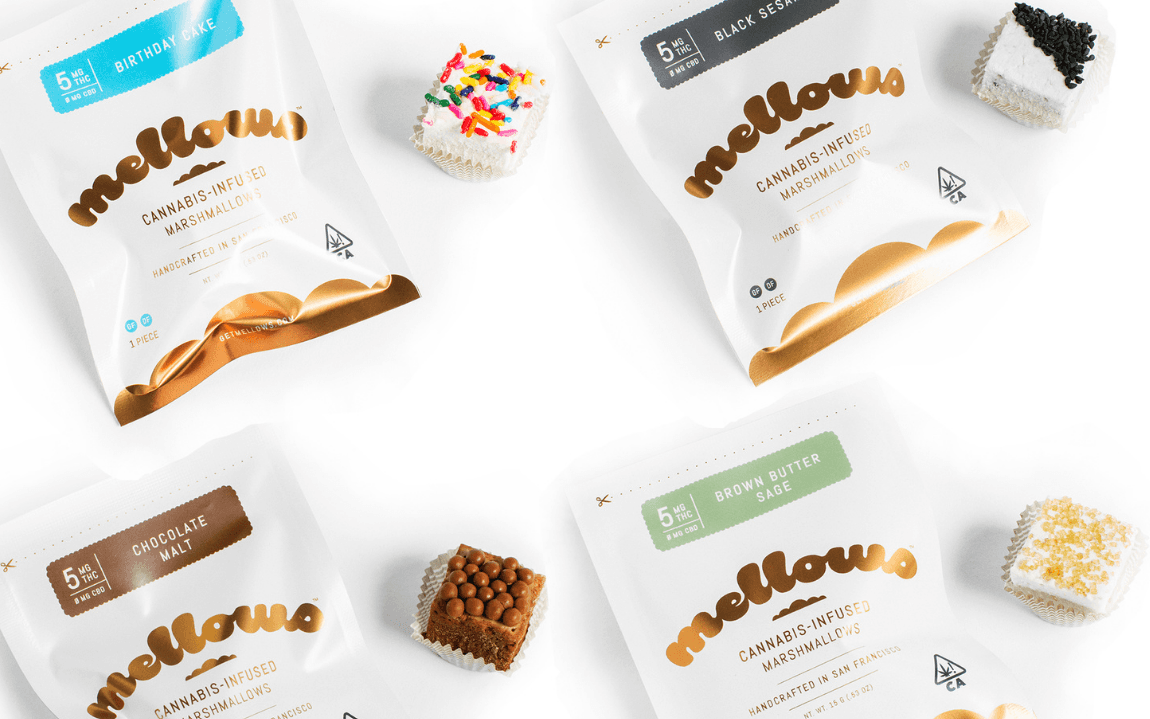For brand new cannabis dispensaries, planning your inventory is all trial and error. But experienced operators with data to analyze know that buying and planning the perfect mix of products is the best way to boost revenue and keep your customers happy.
In our Retail Forecasting webinar with Senior Consultant Sara Betesh, Betesh Buying Group and Cem Atli, Senior Omni-Channel Merchandise Planning Manager at MedMen, we gleaned lots of valuable insights from this expert cannabis buyer and planner team.
Below are five key takeaways when thinking about how to plan your product offerings at a new cannabis retail or delivery service. The future of your company depends on what sells; you want to appeal to a wide audience but ensure you're establishing a strong customer base that wants what you have to offer.
5 Things All Dispensary Buyers and Planners Should Consider When Planning Your Inventory Assortment:
Analyze your demographics and location to find trends
The tone, brand and types of products at your cannabis retail business will be set by the company; what is your target demographic? Tourists, new consumers, longtime smokers, moms who are looking for alternatives to an evening glass of wine? To create the right product mix, get to know your consumer by asking them questions, analyzing their buying behaviors, and identifying trends. Demographics and location will determine what moves fastest; each dispensary is unique in who they're targeting and who they'll serve. A cannabis delivery service in downtown Los Angeles will have a different customer base than a mom and pop dispensary storefront in Humboldt. Some consumers are more concerned around price, some care more about THC percentages, some want to support local brands and sungrown farms in their region. The dispensary buyer and planner are responsible for working together to identify trends and connect with vendors to see what and how much of the desired product is available.
Use your data and test products
Whether you're a new licensee or an existing dispensary operator, you'll need to actively experiment with your product mix. Finding the right products to carry is a mix of using your intuition and also digging through data as it accumulates; you have to be confident that the product you're bringing in will have demand. Start slow; if you haven't sold a product before, you won't have any data yet for that particular SKU, but you can use historical information about the category or brand to try to anticipate demand. Typically a buyer and planner look at sales history together to forecast how fast things will move and when you need to restock. Start by ordering a small amount of a new product to see if there's interest with your customers; if something sells quickly, that's a good sign and can be the baseline for your next test, whether that's increasing inventory of that SKU or testing similar products to see the demand.
Protect your core dispensary business
It's good to understand who is coming in, how frequently, and what they're looking for. If you're limited on shelf space and you're still getting to know your customers, it's best to start with tried and true products that you know will move. Flower has always been king; figure out which brands you want to work with and then start adding other categories (vapes, edibles, tinctures) to build a cohesive assortment of product options that meet your customer where they are. Is your customer interested in buying top shelf eighths once a month, or are they primarily looking to buy a single pre-roll that they come in once a week for? Some new products will sell; some won't. When you have a solid customer base, you've established top selling products, and can reasonable predict your inventory velocity, that's when there's usually extra dollars to test new offerings. Most buyers are allocated a certain amount to spend on products; look to see if your existing product categories are actually driving business, which then gives you flexibility to try out new products and increase offerings.
Expand product offerings slowly to mitigate risk, and educate your budtenders and your customers
If, for instance, you are seeing an uptick in female shoppers and you want to develop a women's section dedicated to beauty, sleep & intimacy, you can do small tests to see if your customers are interested in these new types of products. With each new product you introduce, ensure your budtenders understand what the product is, how to use it, what the benefits are, and how to speak about it to customers. Or, if you're introducing a new line of pet products, this is an opportunity to attract a new segment of customers who might not otherwise come to your business; ensure you have proper marketing channels in place to distribute new product information. Consider the idea of related selling; if you drive one person who is a pet owner into your business for the first time, what other incremental products might they buy if they're nurtured and educated the right way? Selling one dog CBD tincture is insignificant to your business, but if that customer ends up also buying a pre-roll that they didn't expect to love, and they keep returning to shop with you, and tell their friends, that's a sustainable way to increase your business and grow your customer base. Always consider: how can I keep my loyal customers returning and simultaneously bring in new demographics to introduce them to products they'll love?
Review inventory data weekly to identify inventory glut vs. opportunity
Get in the habit of reviewing your inventory data weekly, at the same time, to begin to identify trends. You want to look for Glut vs. Opportunity: Inventory glut refers to anything you have an excess amount of, and sales aren't there. This is what you want to markdown because you're wasting money on this product if you keep it around. If products aren't selling, you need to get rid of it. Work with your planner to bake in discounts and promos, and assume that not everything is actually going to sell at it's full listed price. You'll also begin to see inventory opportunities which are products that sold out quickly, which means that you likely left dollars on the table by not stocking enough of them.
"Only look at inventory data on Mondays, from the previous week," says Sara Betesh, Senior Consultant at Betesh Buying Group. "If you look at it everyday, you’re going to drive yourself crazy. Monday is reporting day. Then build your plan for the week, and execute. You can't be scared to mark products down. If the product doesn't sell, GET RID OF IT. You need the space for something else."
Atli Cem, Senior Omni-Channel Merchandise Planning Manager at MedMen, suggests "doing sales forecasting for the year, quarter, month, and week to see trends and give yourself flexibility for things like seasonality.
Meadow's dispensary inventory management solution makes life easier for both inventory buyers and planners. Meadow's new Velocity & Insights tools help:
- Forecast inventory demand with precision
- Maximize inventory & shelf space
- See any product performance in an instant
- Identify which products need to be moved off shelves
- Understand who your customers are, and how those demographics are shifting
- Identify growth in sales channels like delivery, pick-up and online ordering.
- Take a break from Excel reports with easy-to-read (and beautifully displayed!) data that you can customize right in Meadow Admin.
- Get answers FAST with at-a-glance analytics on any device.


